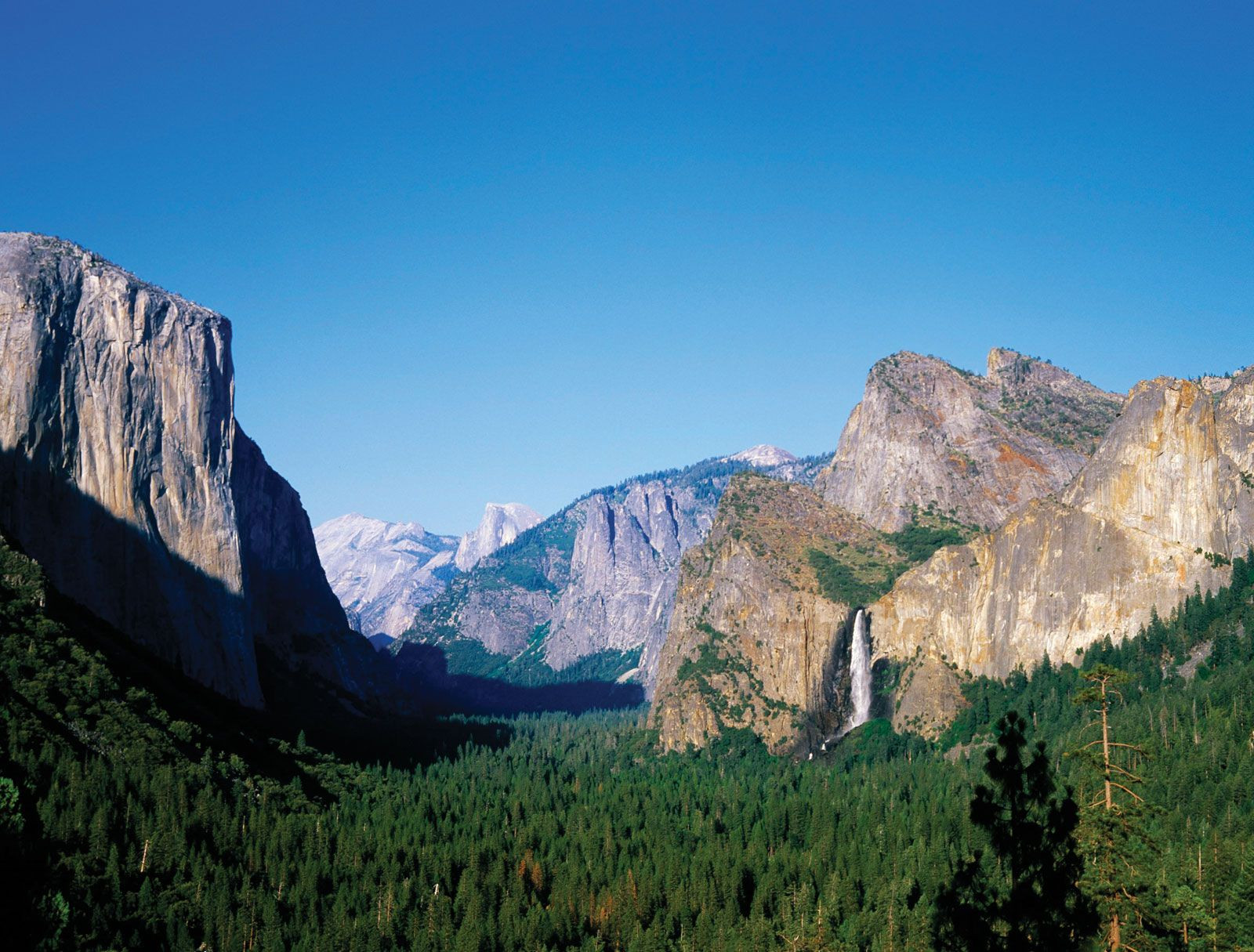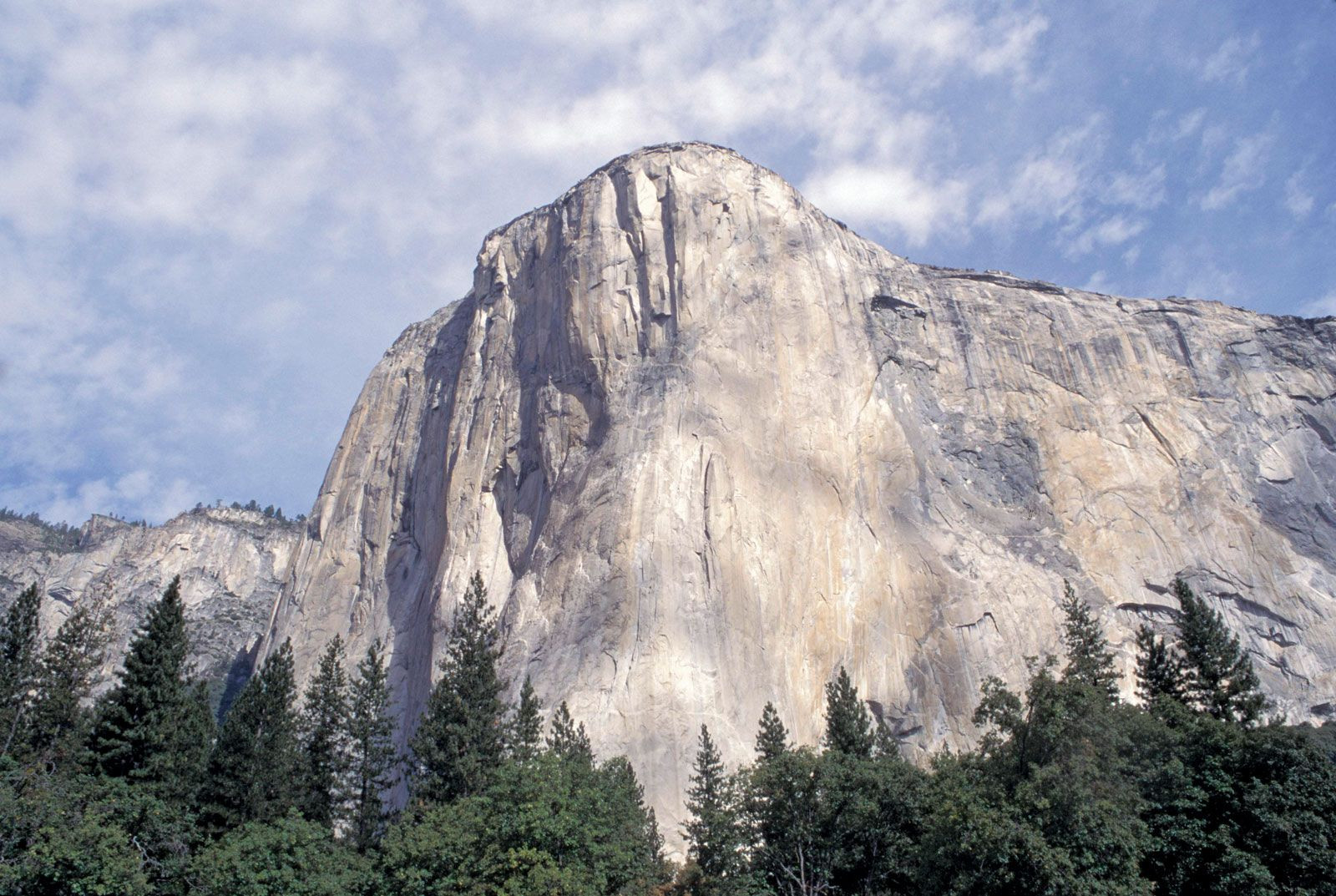Yosemite National Park, a name synonymous with breathtaking natural beauty and towering granite formations, is a destination that beckons travelers from across the globe. But before you pack your bags and set your GPS, one crucial question arises: Where Is Yosemite National Park Located? Understanding its precise location is key to planning your adventure to this iconic American treasure.
This article will delve into the exact location of Yosemite National Park, exploring its geographical context within California and the United States. We’ll uncover its proximity to major cities, neighboring landmarks, and the stunning natural features that define its unique setting in the Sierra Nevada mountain range. Get ready to pinpoint Yosemite on your map and understand why its location is so integral to its majestic appeal.
Pinpointing Yosemite: Location within California
Yosemite National Park is nestled in the heart of California, the Golden State, specifically within the east-central part of the state. Imagine the vast landscapes of California, and picture Yosemite residing in its mountainous interior, a region renowned for its dramatic elevation changes and pristine wilderness.
To get more specific, Yosemite is situated in the Sierra Nevada mountain range. This massive mountain range is the backbone of California, and Yosemite sits proudly within its western slopes. This location in the Sierra Nevada is crucial to Yosemite’s identity, as the park’s iconic granite cliffs, giant sequoia groves, and cascading waterfalls are all sculpted by the unique geology and glacial history of this mountain range.
 Majestic view of El Capitan and Bridalveil Fall in Yosemite National Park, California, showcasing the park's iconic granite formations and waterfalls.
Majestic view of El Capitan and Bridalveil Fall in Yosemite National Park, California, showcasing the park's iconic granite formations and waterfalls.
Proximity to Major Cities and Landmarks
While Yosemite feels like a world apart, it’s surprisingly accessible from major Californian urban centers. For those flying in, San Francisco is a common gateway. Yosemite National Park is located approximately 140 miles (225 km) east of San Francisco. This translates to roughly a 3-4 hour drive, depending on traffic and road conditions, making it a feasible road trip destination from the Bay Area.
Another significant city in California, Sacramento, the state’s capital, lies to the northwest of Yosemite. The park is about 100 miles (160 km) southeast of Sacramento, offering another access point, particularly for those coming from Northern California or flying into Sacramento International Airport.
In relation to other natural landmarks, Devils Postpile National Monument is situated approximately 15 miles (25 km) to the east of Yosemite, while Kings Canyon National Park is around 40 miles (65 km) to the southeast. These neighboring protected areas highlight the rich concentration of natural wonders in this region of California, making it possible to combine visits to multiple parks for an extended exploration of the Sierra Nevada.
 Map showing the location of Yosemite National Park in California, highlighting its proximity to San Francisco and Sacramento and its position within the Sierra Nevada mountain range.
Map showing the location of Yosemite National Park in California, highlighting its proximity to San Francisco and Sacramento and its position within the Sierra Nevada mountain range.
Yosemite Valley: The Heart of the Park
Within the vast expanse of Yosemite National Park, Yosemite Valley stands as its most famous and visited area. Often considered the heart of the park, Yosemite Valley is where you’ll find many of the iconic landmarks that define Yosemite’s scenery. Park headquarters are even located in Yosemite Village, situated within this valley.
Yosemite Valley itself is a remarkable geological feature, a deep, glacier-carved valley stretching for about 7 miles (11 km) with a width varying between 0.5 and 1 mile (0.8 and 1.6 km). It’s within this valley that visitors are awestruck by the towering granite walls, rising 3,000 to 4,000 feet (900 to 1,200 metres) above the valley floor. Iconic sights like El Capitan, Half Dome, and the majestic Yosemite Falls are all concentrated within or directly visible from Yosemite Valley, making it a focal point for any visit.
Natural Setting: Sierra Nevada and Beyond
Yosemite’s location within the Sierra Nevada range dictates much of its natural character. The park’s elevation dramatically changes from west to east, culminating in towering peaks in the southeastern region. Mount Lyell, the highest summit in the park, reaches an impressive 13,114 feet (3,997 metres).
This mountainous setting profoundly influences Yosemite’s climate. Summers in Yosemite Valley are warm and often hot, while higher elevations can experience afternoon thunderstorms. Winters bring cold temperatures and significant snowfall, especially at higher altitudes. The park’s precipitation largely falls as snow during winter, contributing to the dramatic waterfalls that surge during the spring snowmelt.
The diverse elevations within Yosemite also contribute to a rich variety of plant and animal life. From the wildflowers and groves of giant sequoias at lower elevations to the hardy alpine species found higher up, Yosemite’s flora is closely tied to its Sierra Nevada location. Similarly, the park provides habitat for a wide range of fauna, from mule deer and black bears to the endangered Sierra Nevada bighorn sheep, all adapted to this mountain environment.
 Towering granite monolith El Capitan in Yosemite National Park, a world-renowned rock climbing destination and a symbol of Yosemite's grandeur.
Towering granite monolith El Capitan in Yosemite National Park, a world-renowned rock climbing destination and a symbol of Yosemite's grandeur.
Conclusion: Yosemite’s Unrivaled Location
In conclusion, Yosemite National Park is strategically located in east-central California, nestled within the majestic Sierra Nevada mountain range. Its proximity to cities like San Francisco and Sacramento makes it relatively accessible, while its setting amidst towering peaks, deep valleys, and ancient forests creates a sense of remote wilderness.
Understanding where Yosemite National Park is located is not just about geography; it’s about appreciating the unique confluence of geological forces, climate patterns, and ecological diversity that have shaped this extraordinary place. From the iconic landmarks of Yosemite Valley to the high Sierra wilderness, Yosemite’s location is fundamental to its unparalleled beauty and enduring appeal as a natural wonder of the world. So, now that you know where to find it, it’s time to start planning your visit to experience the magic of Yosemite for yourself!

